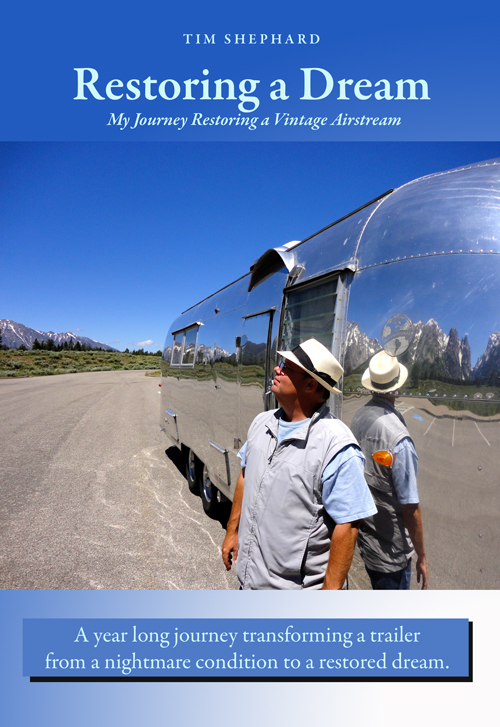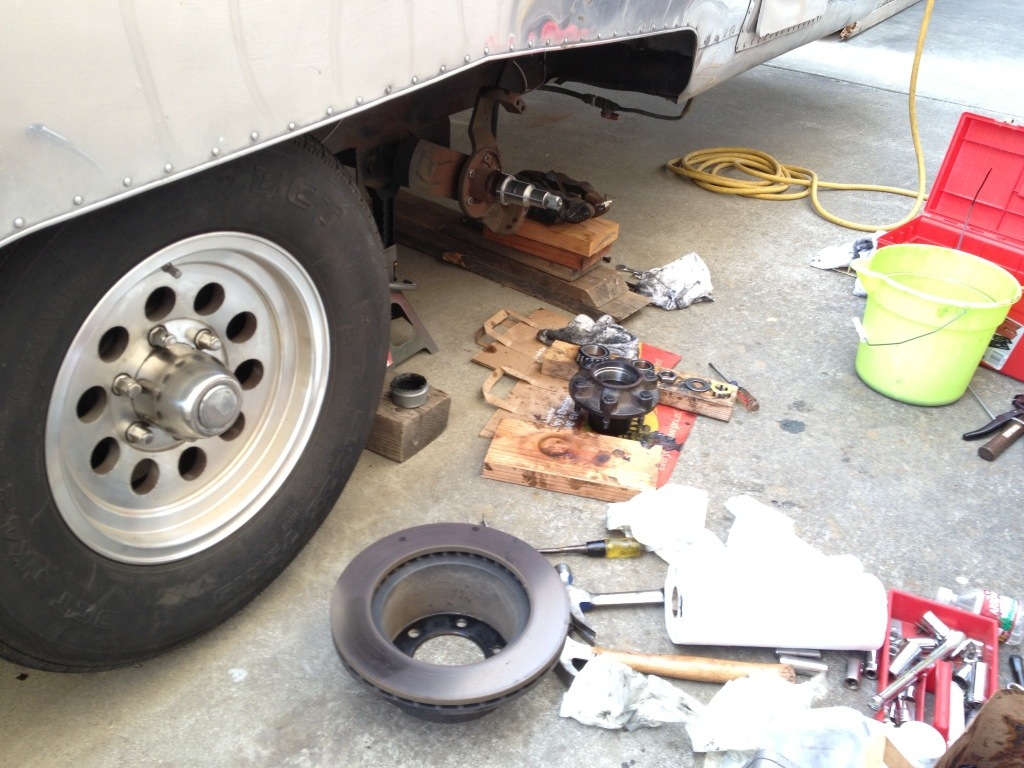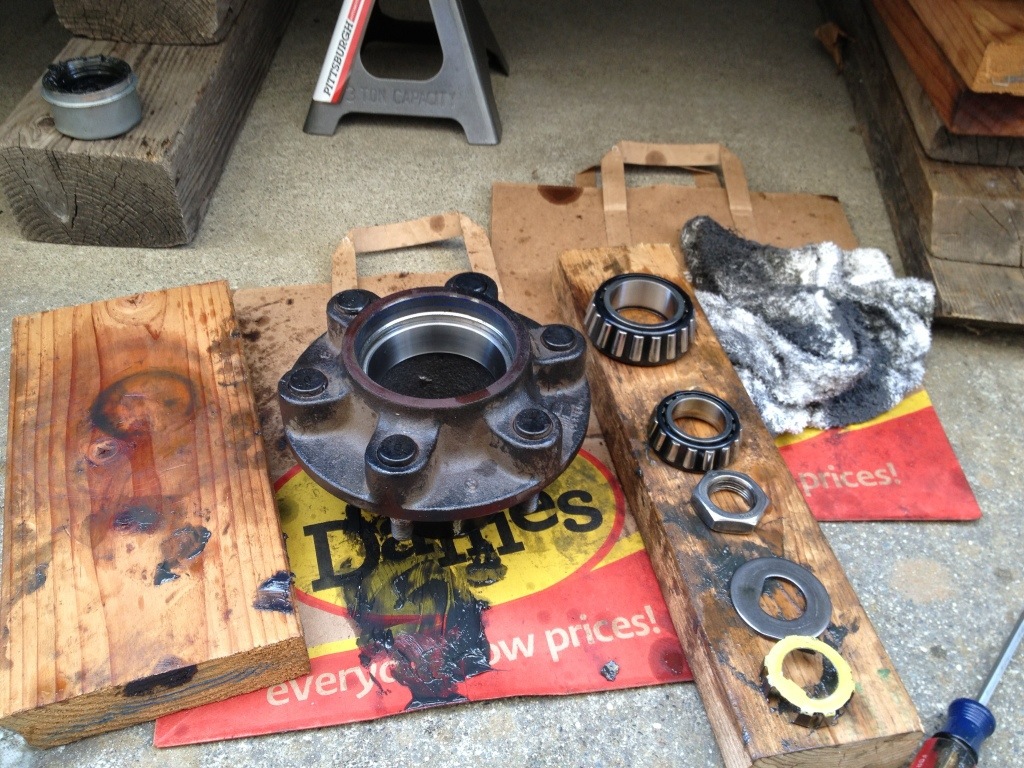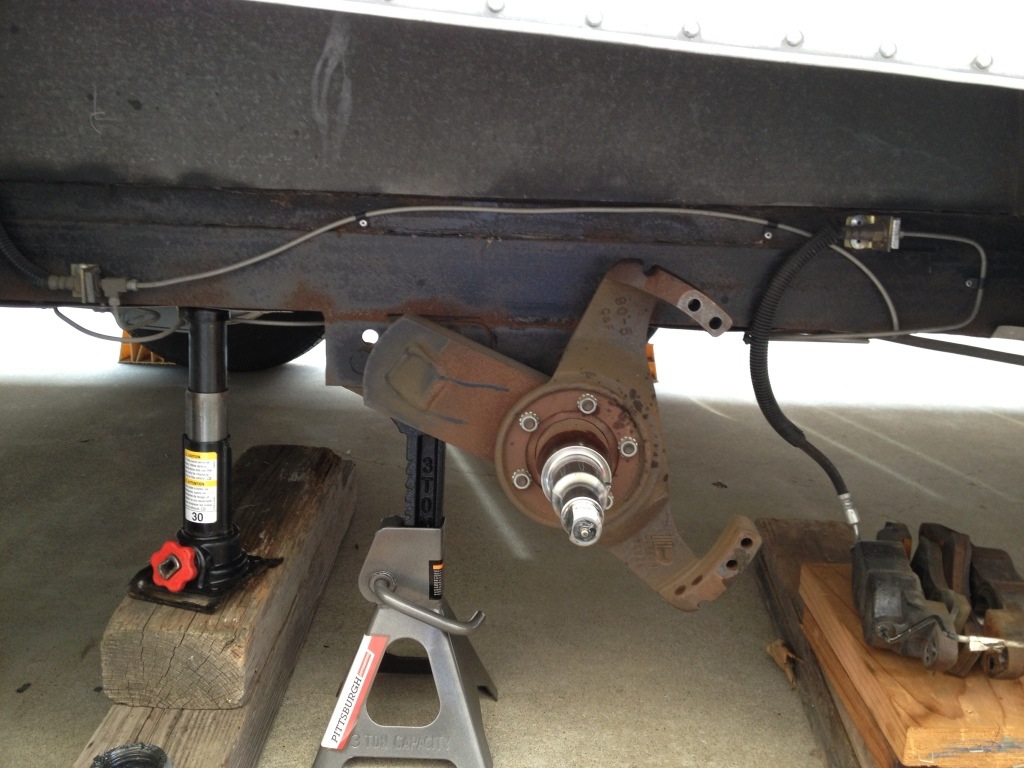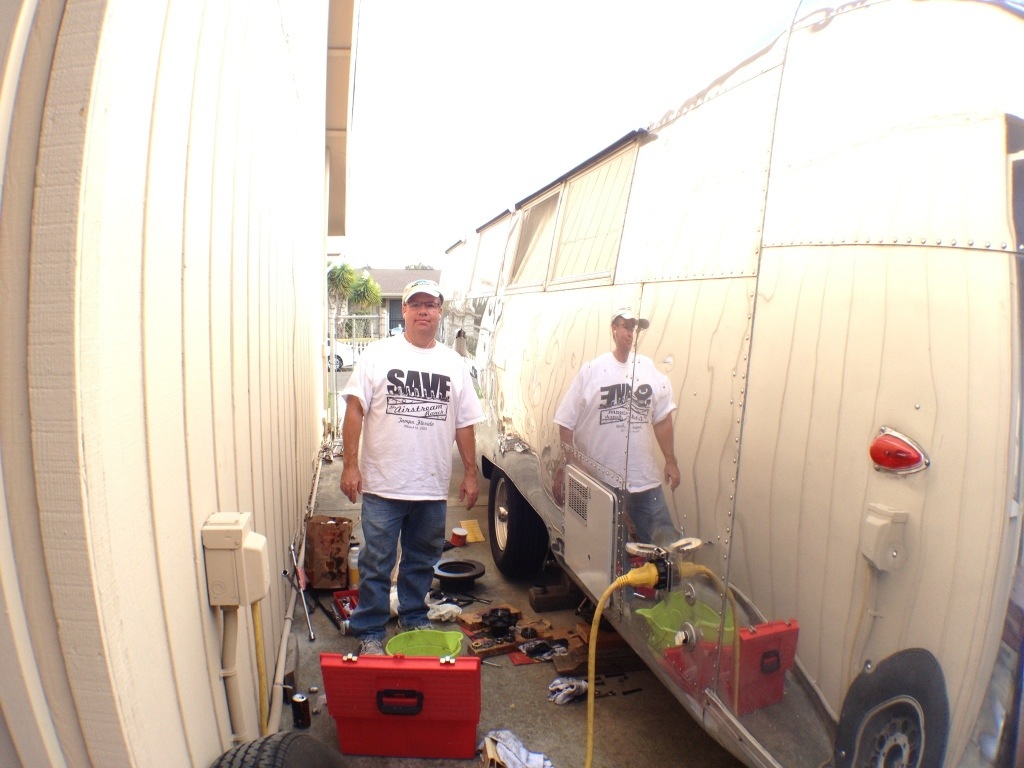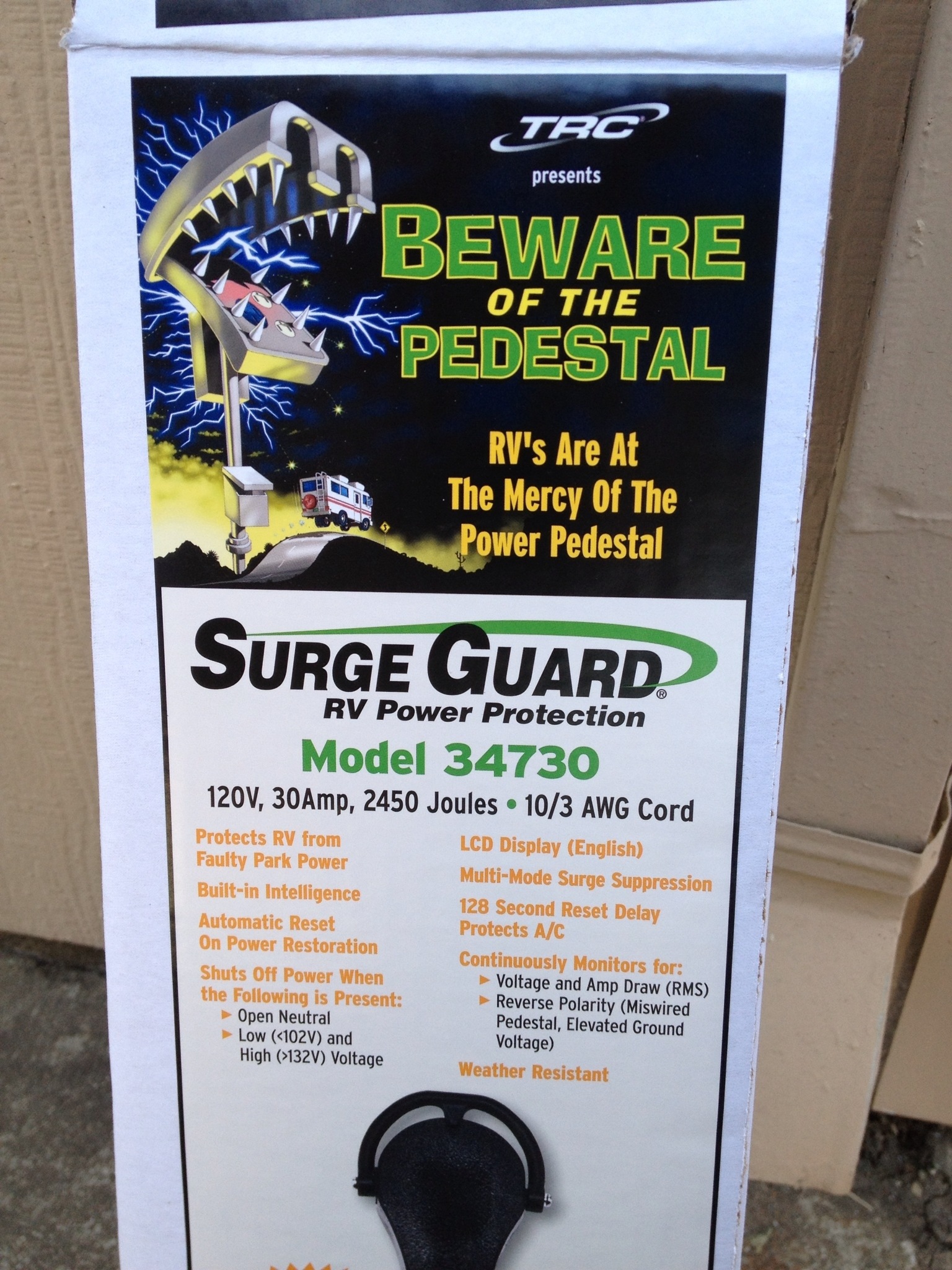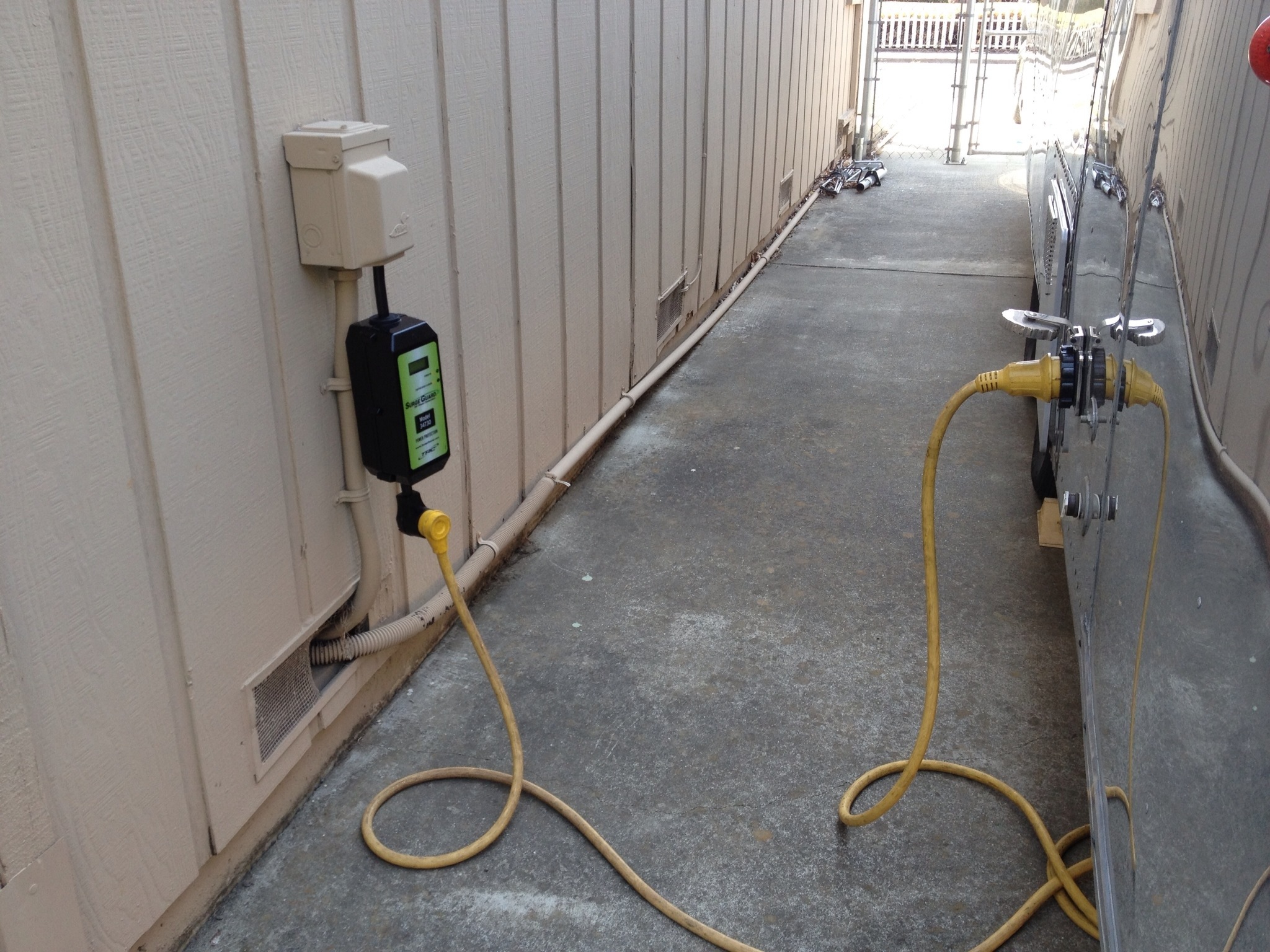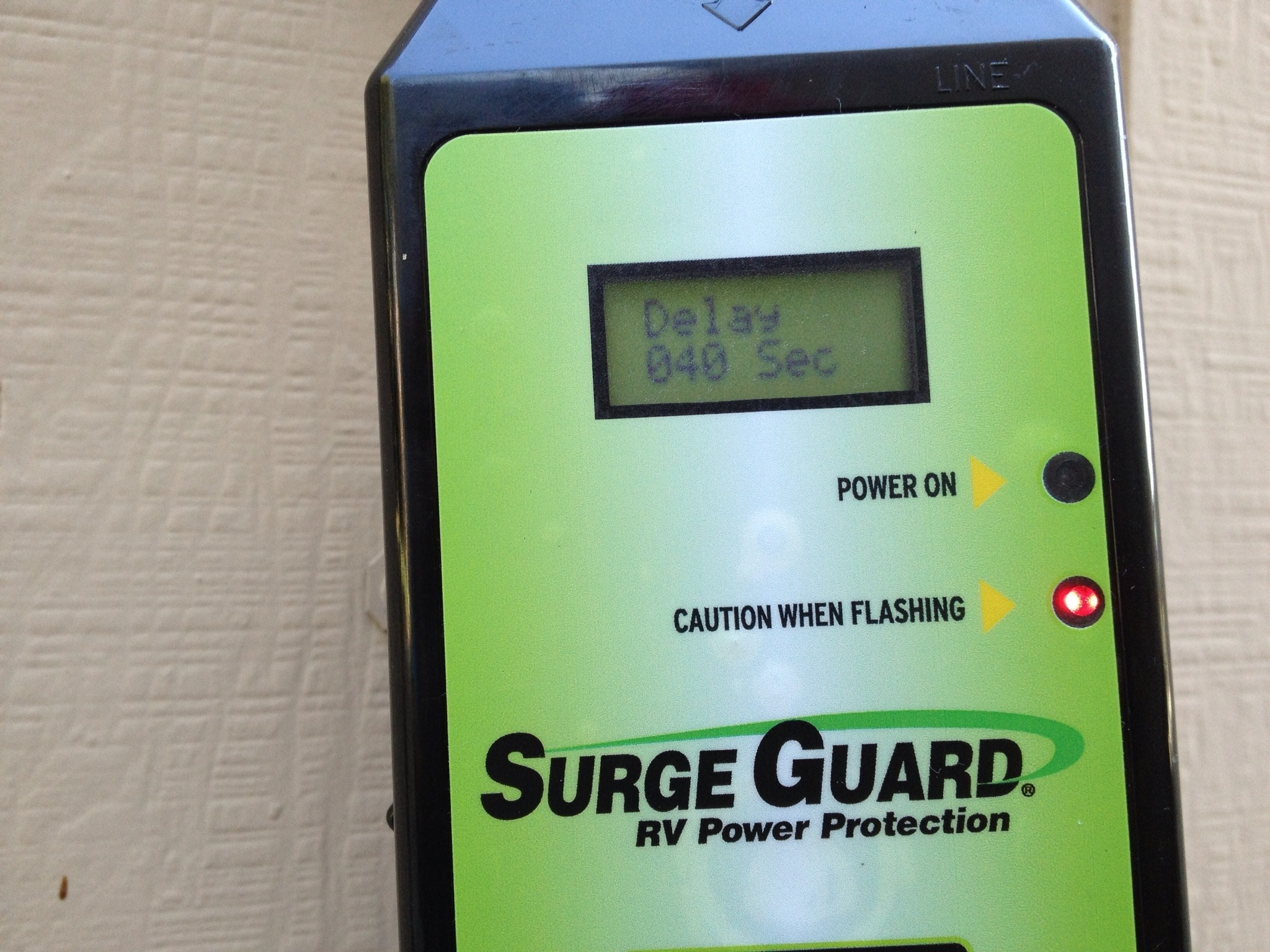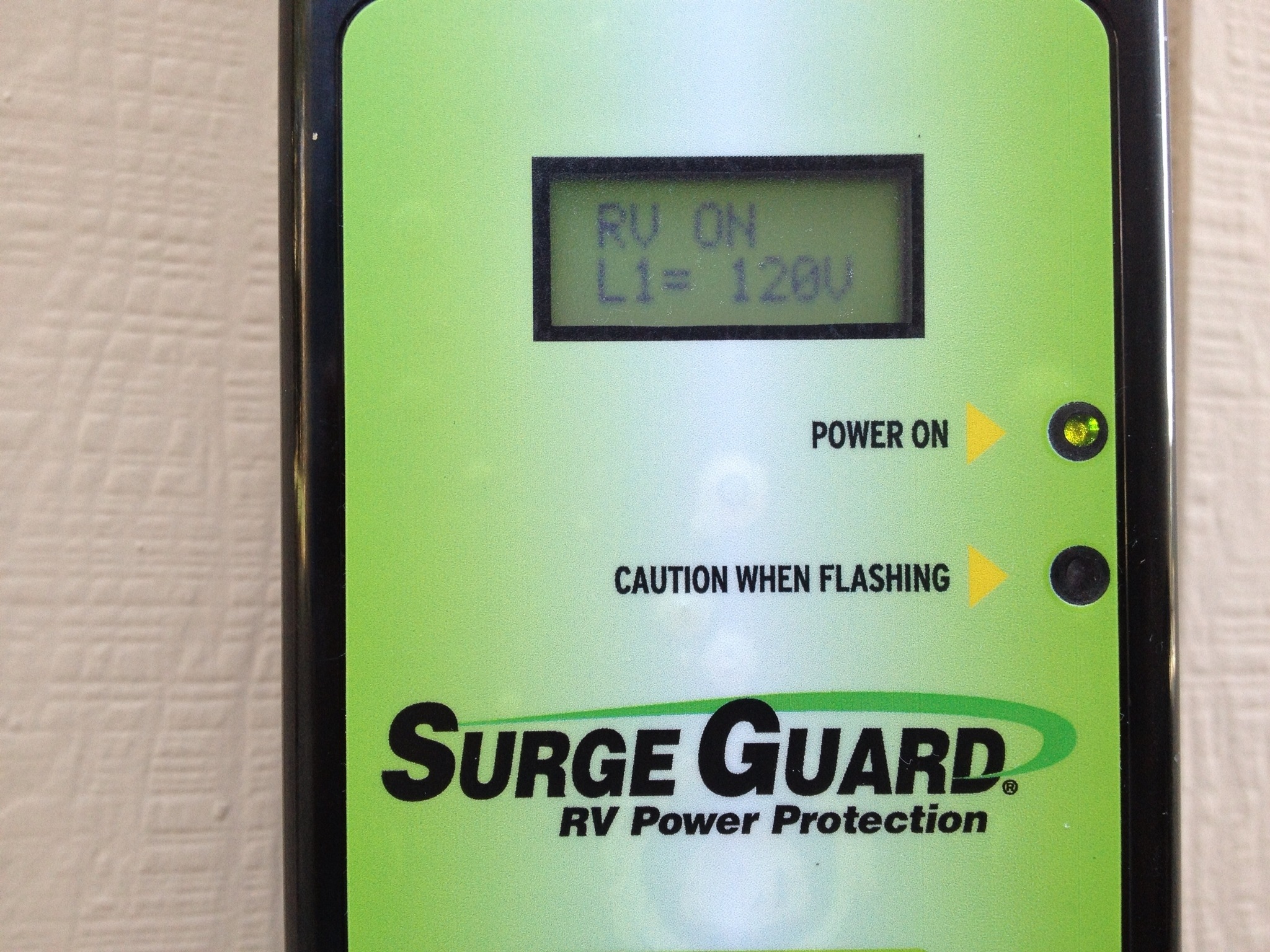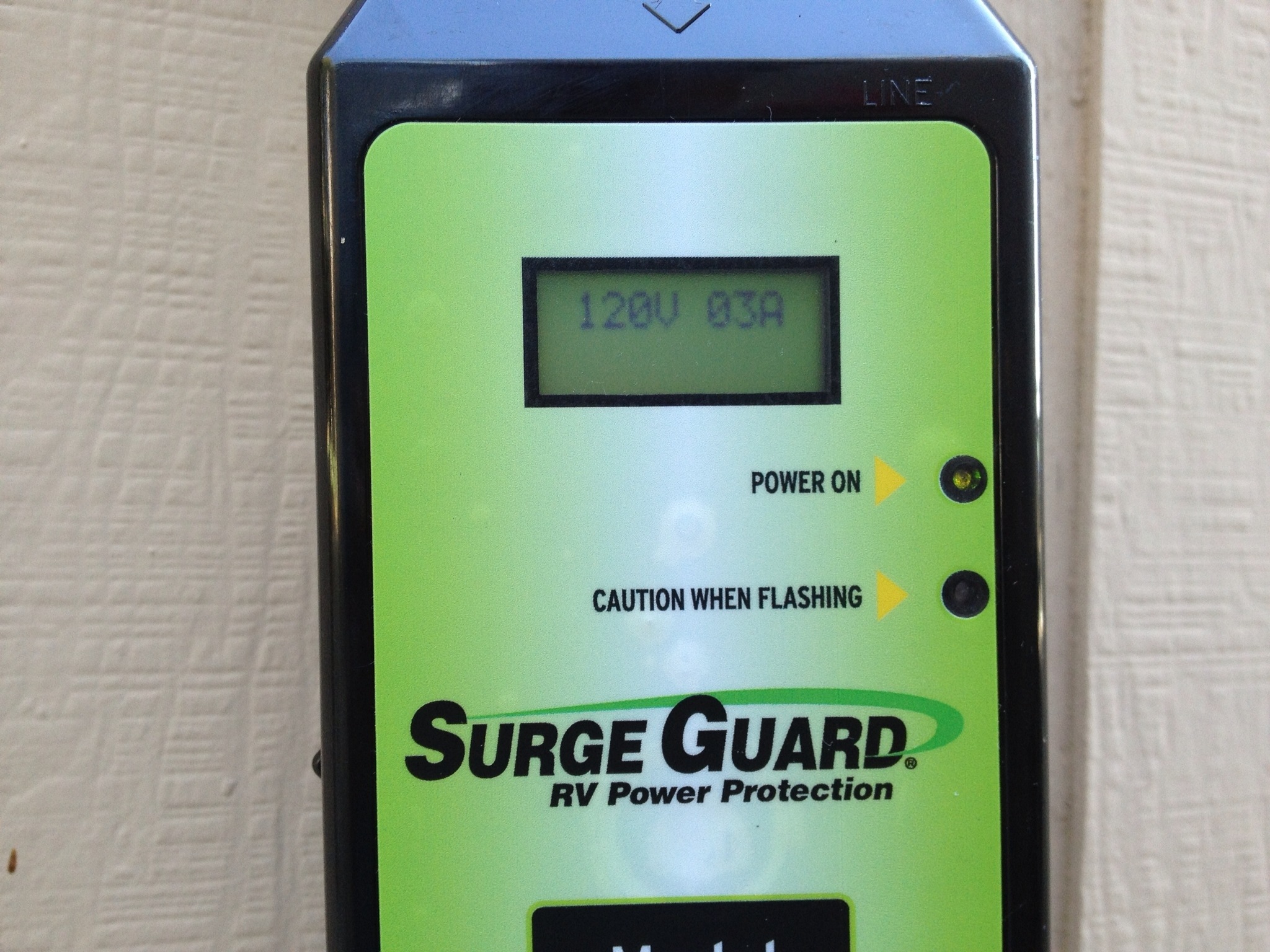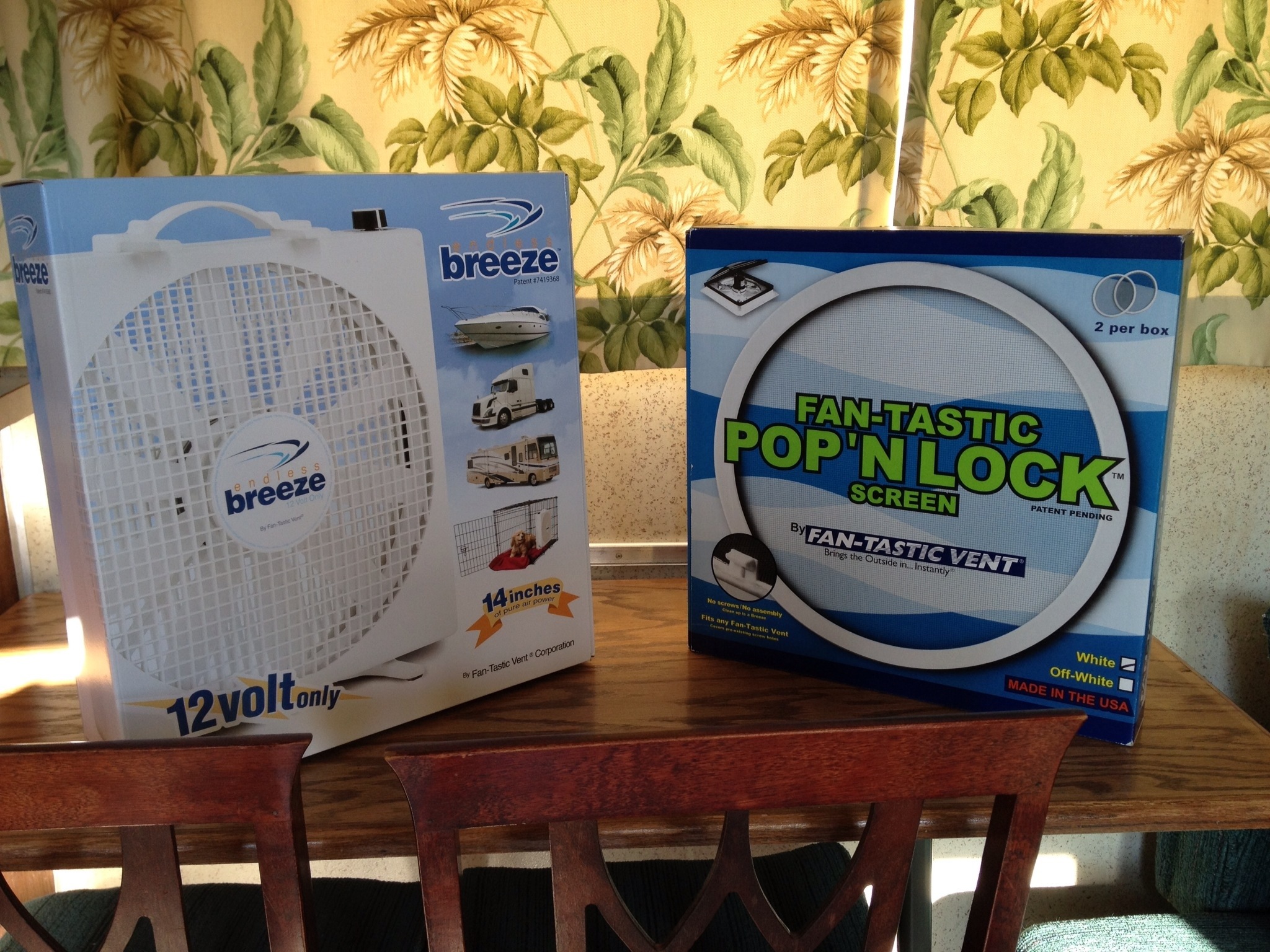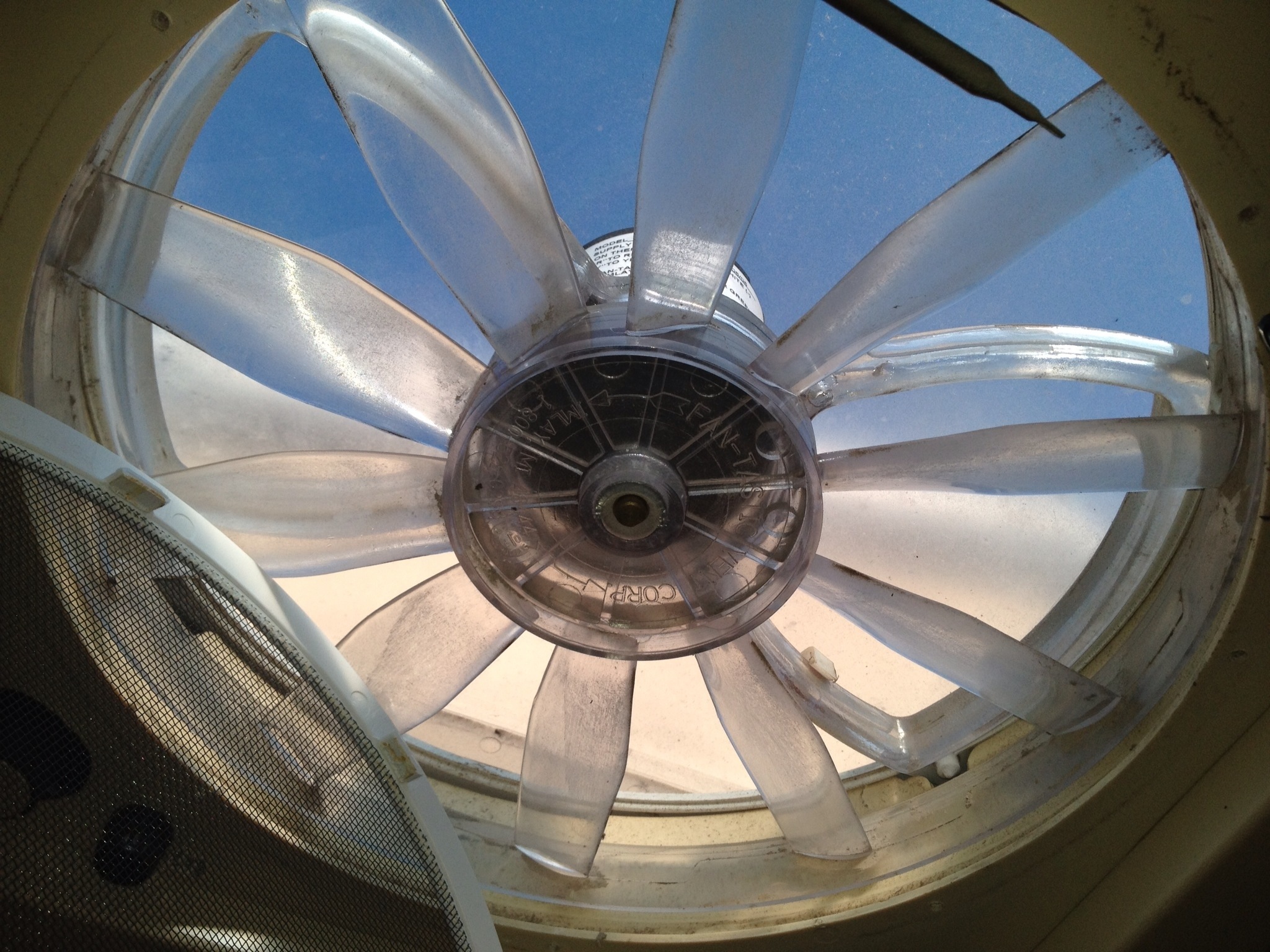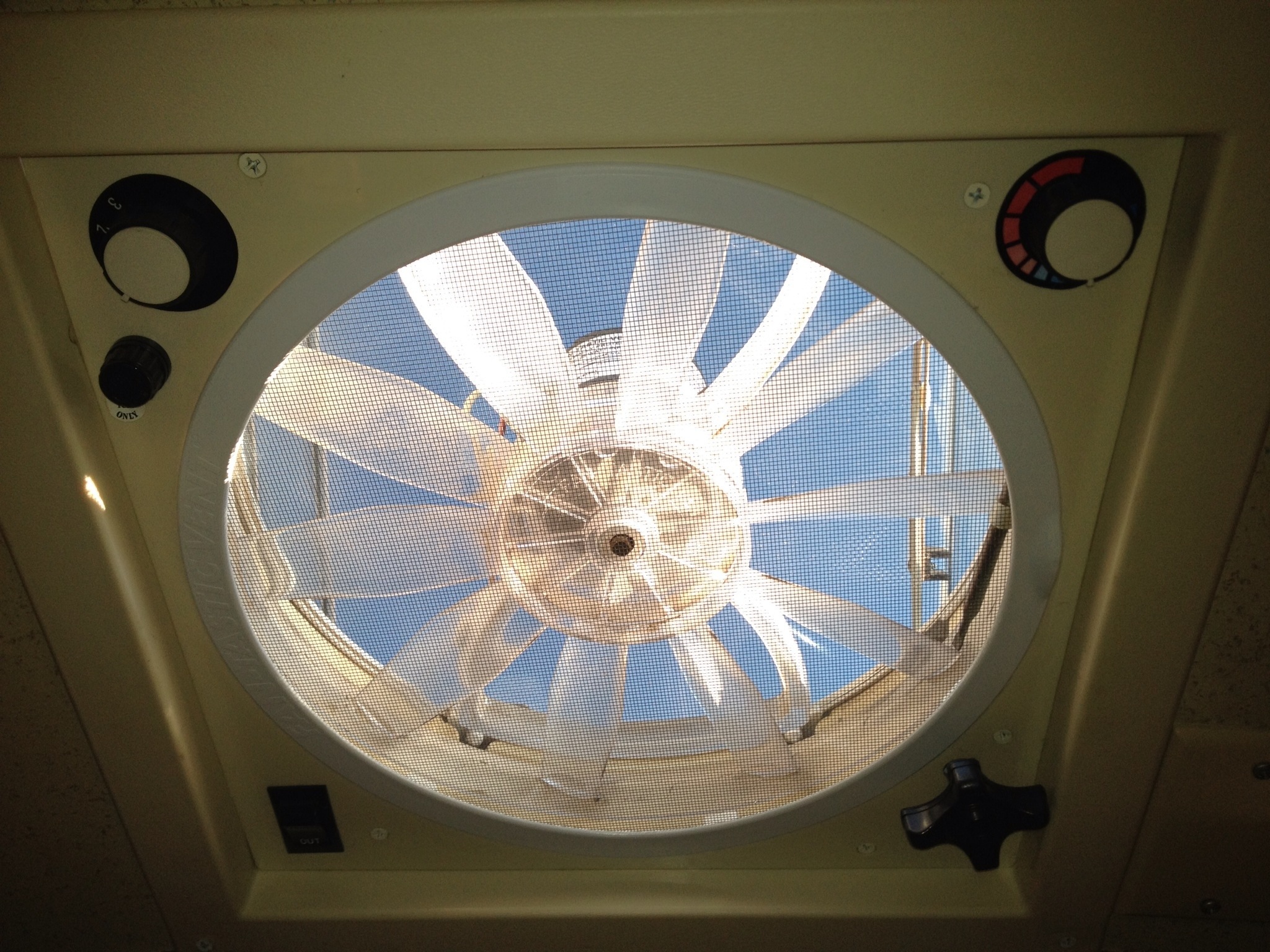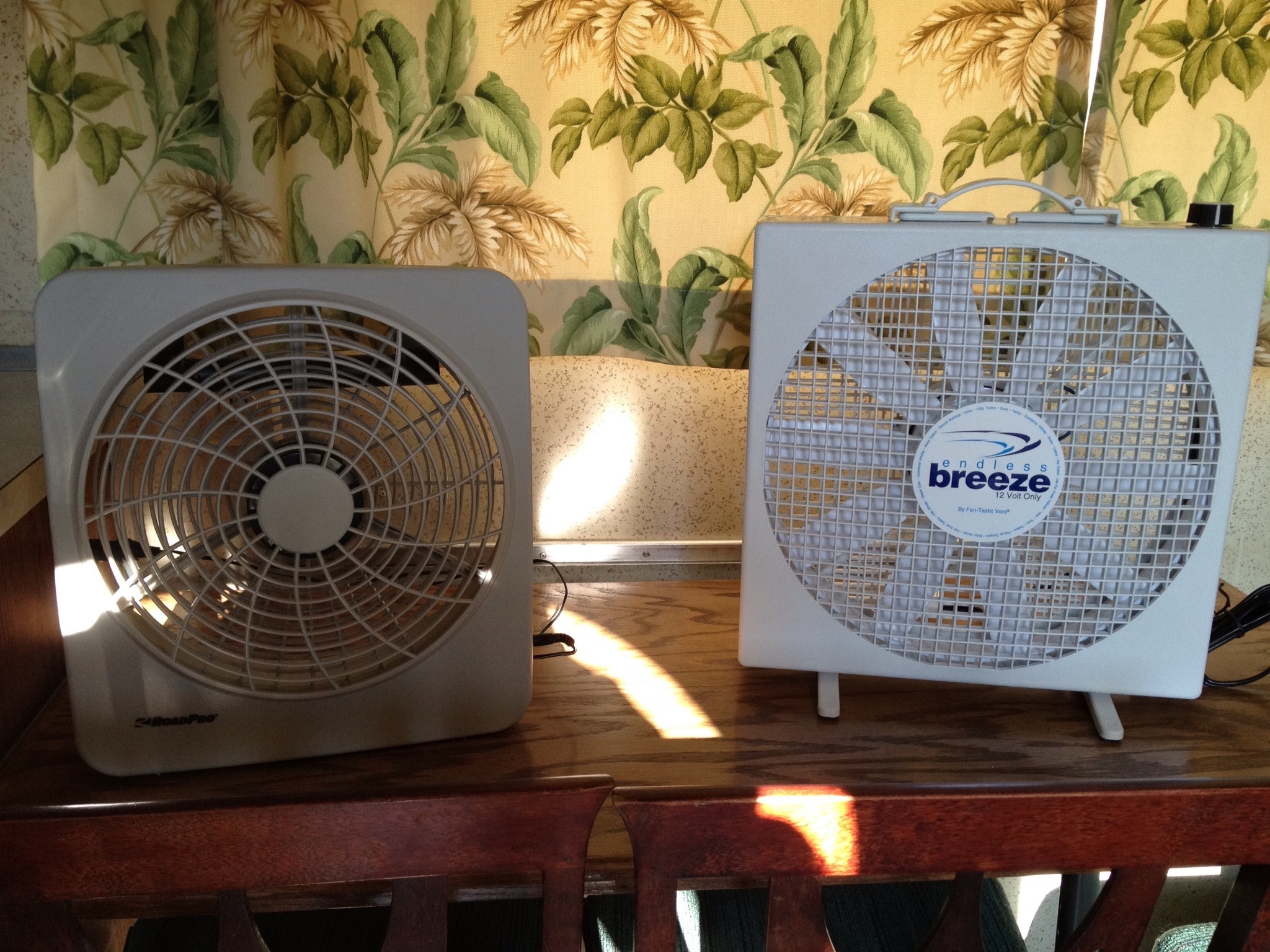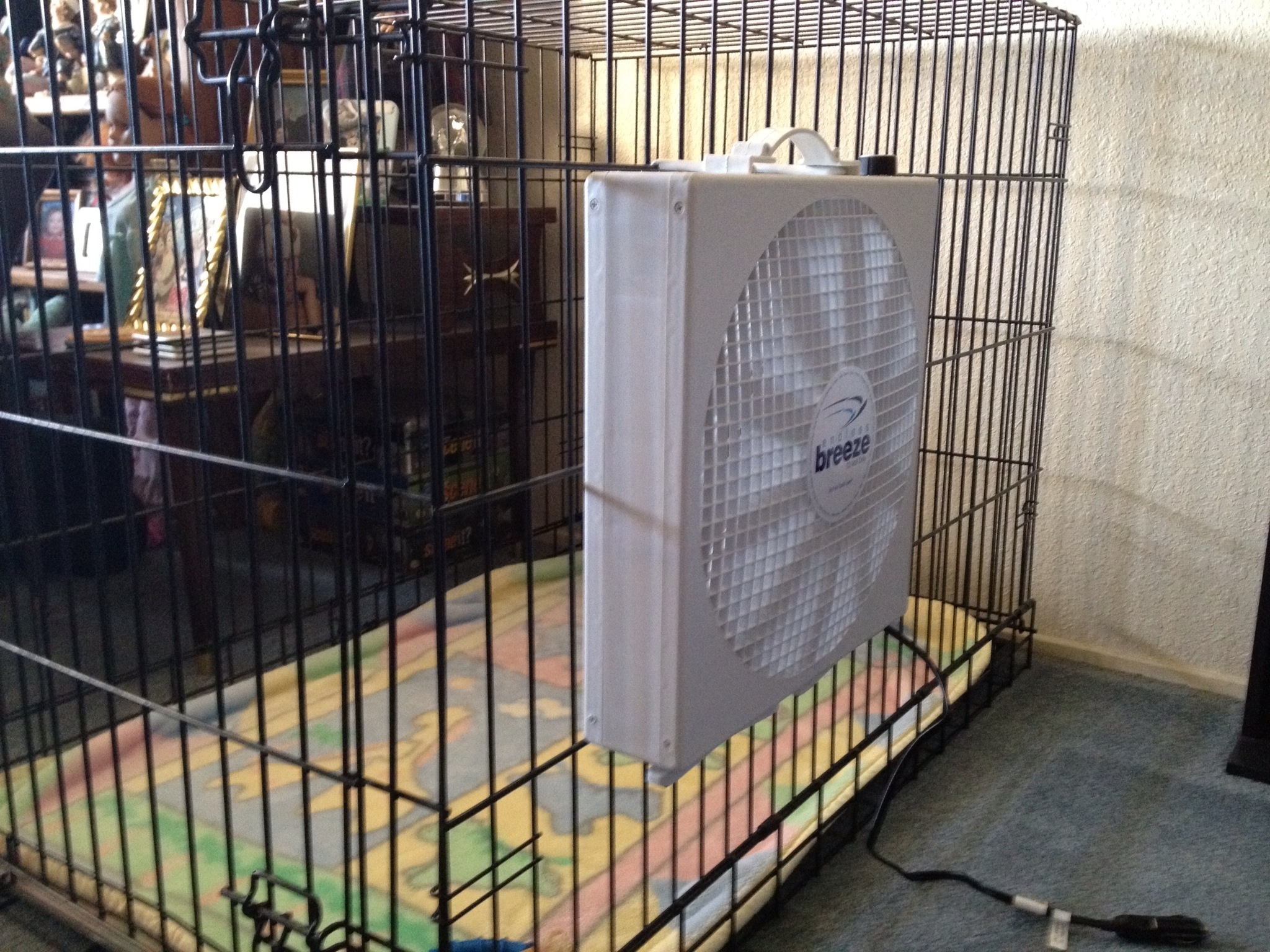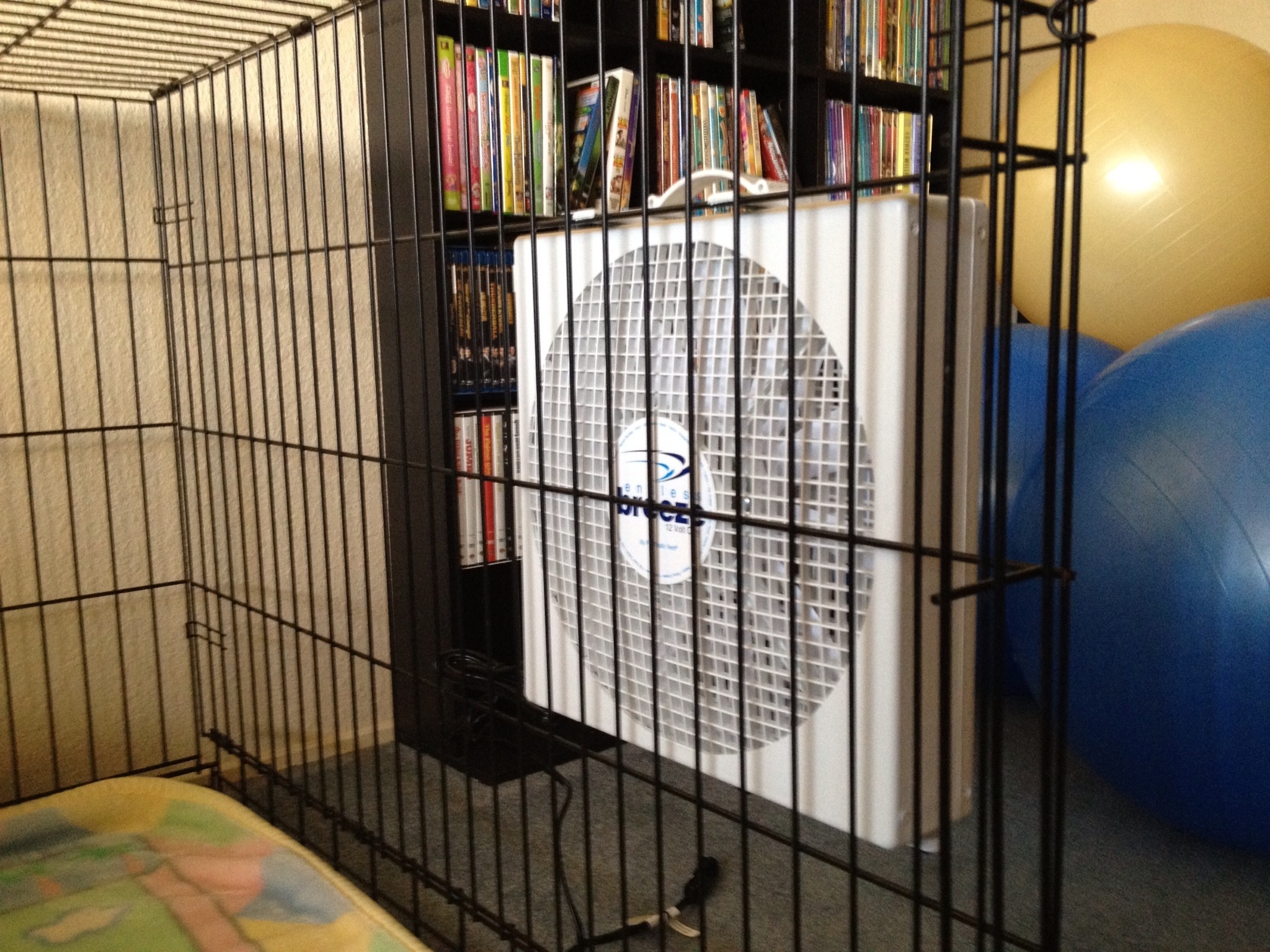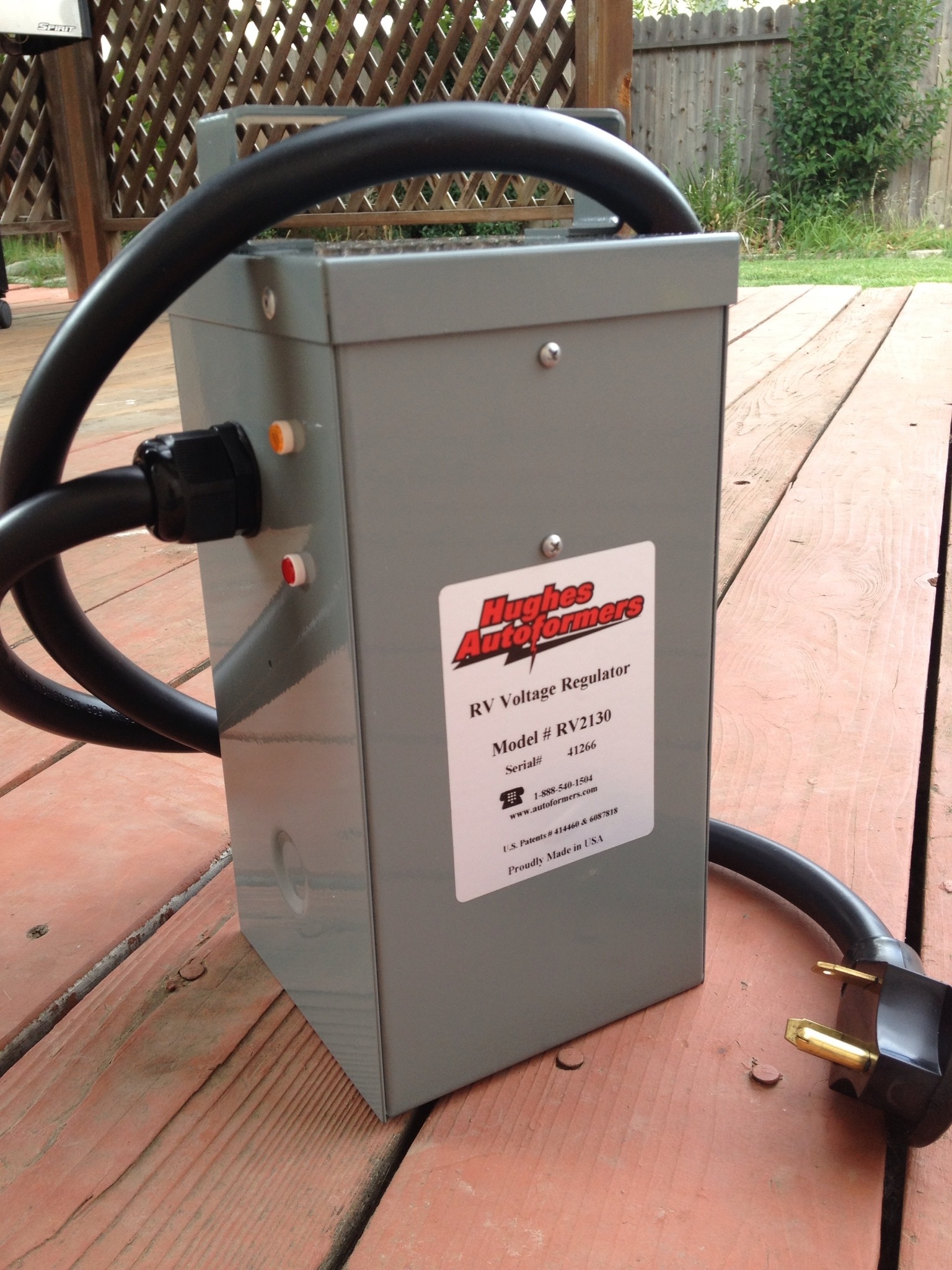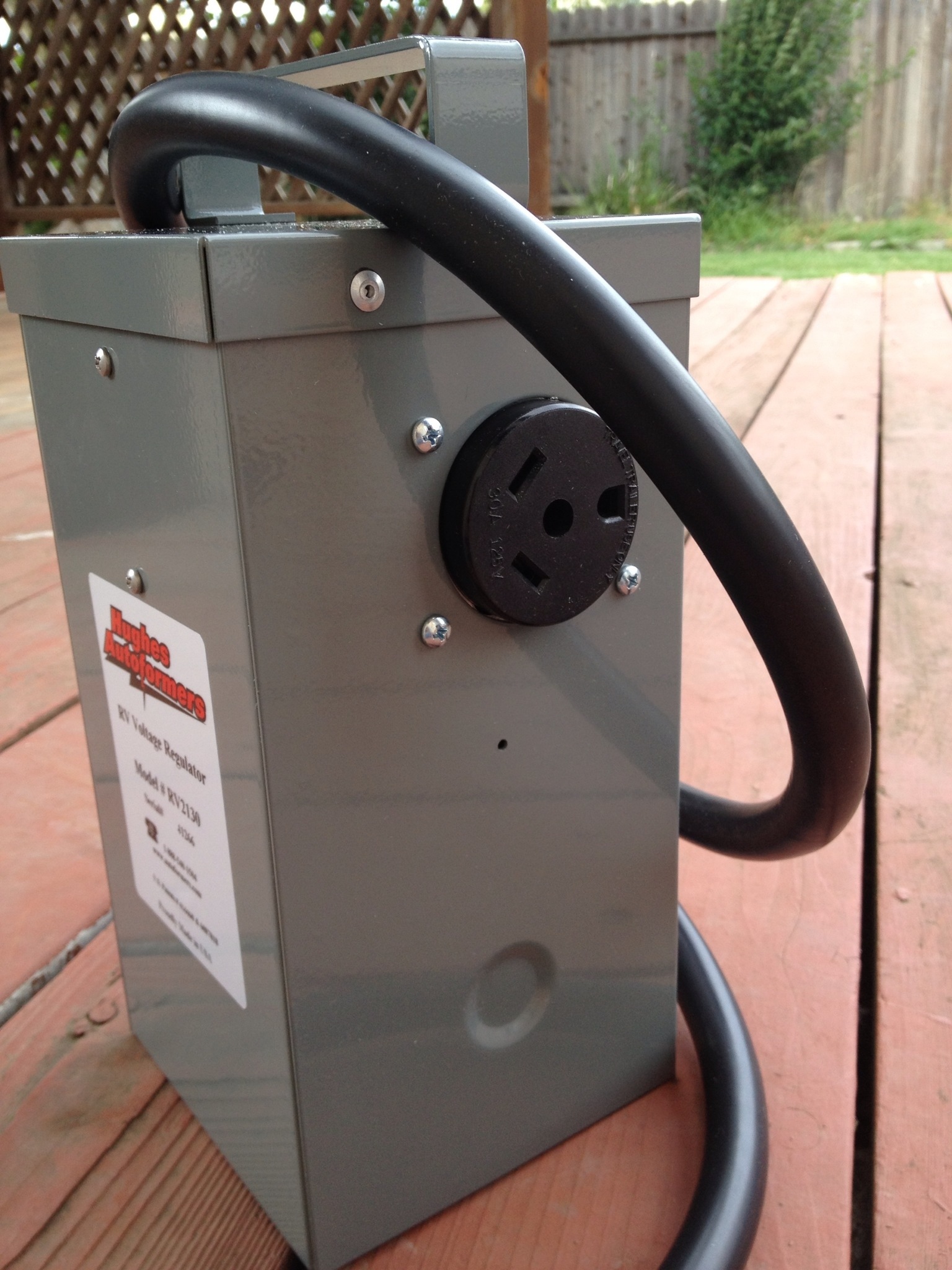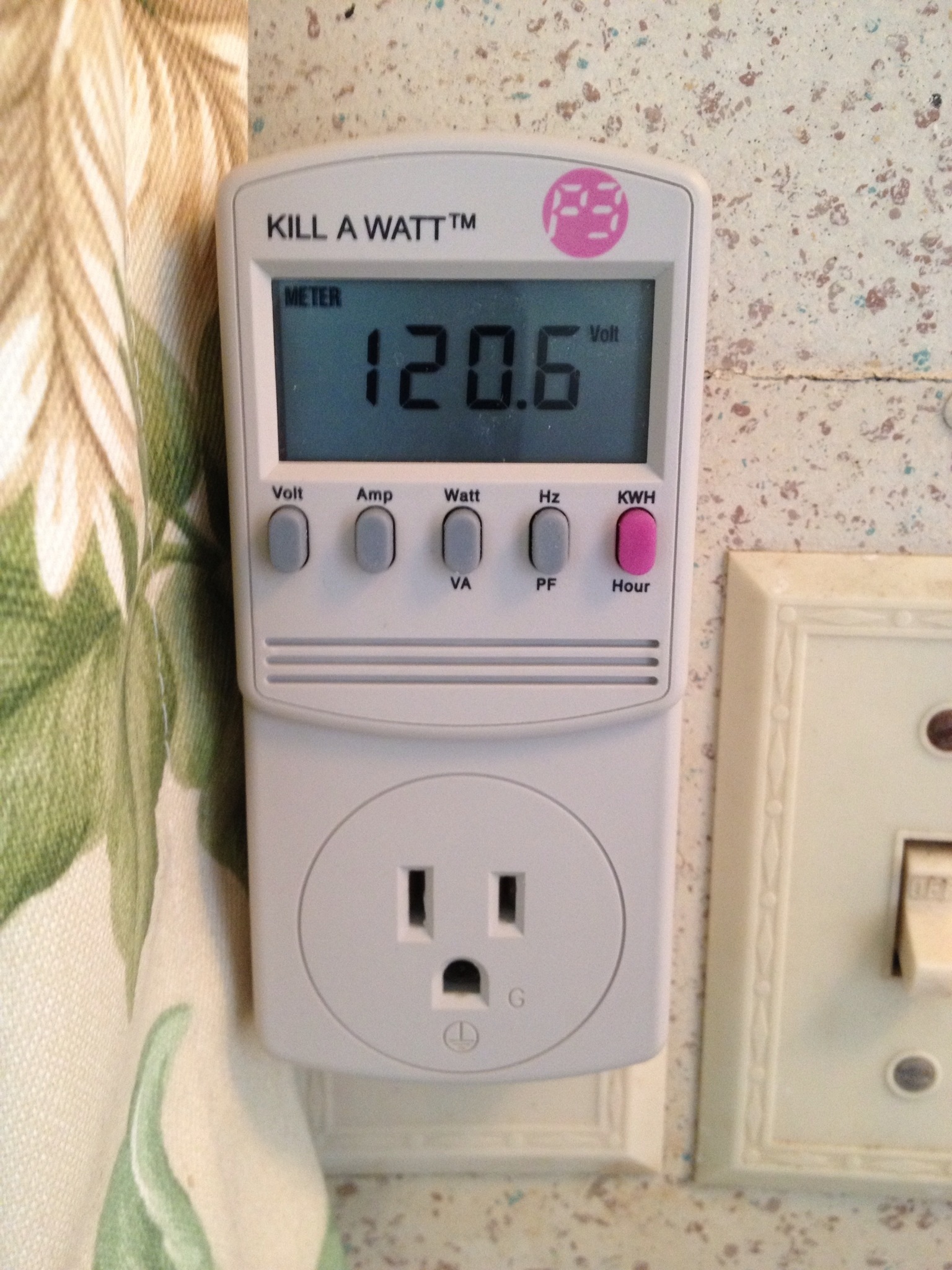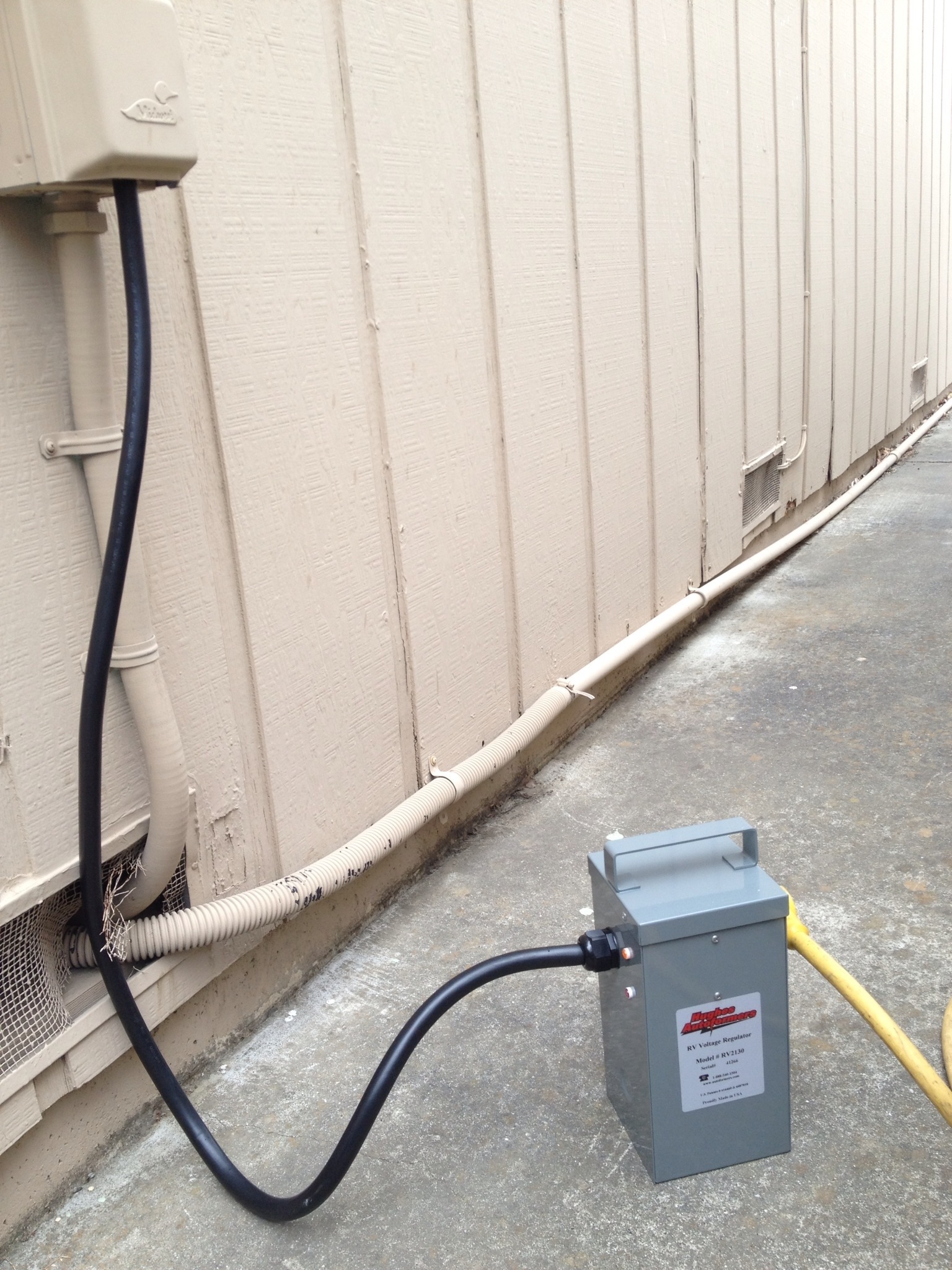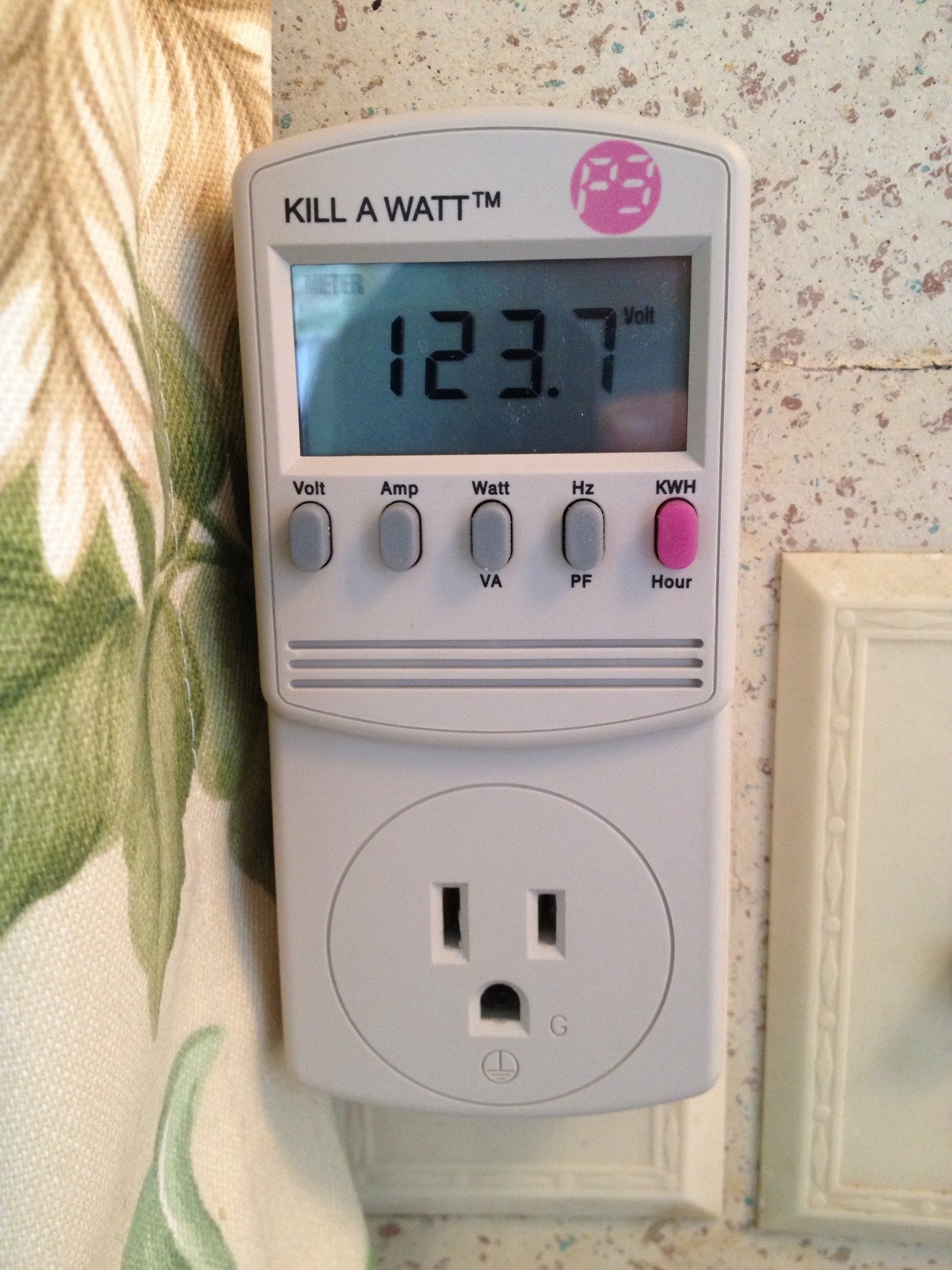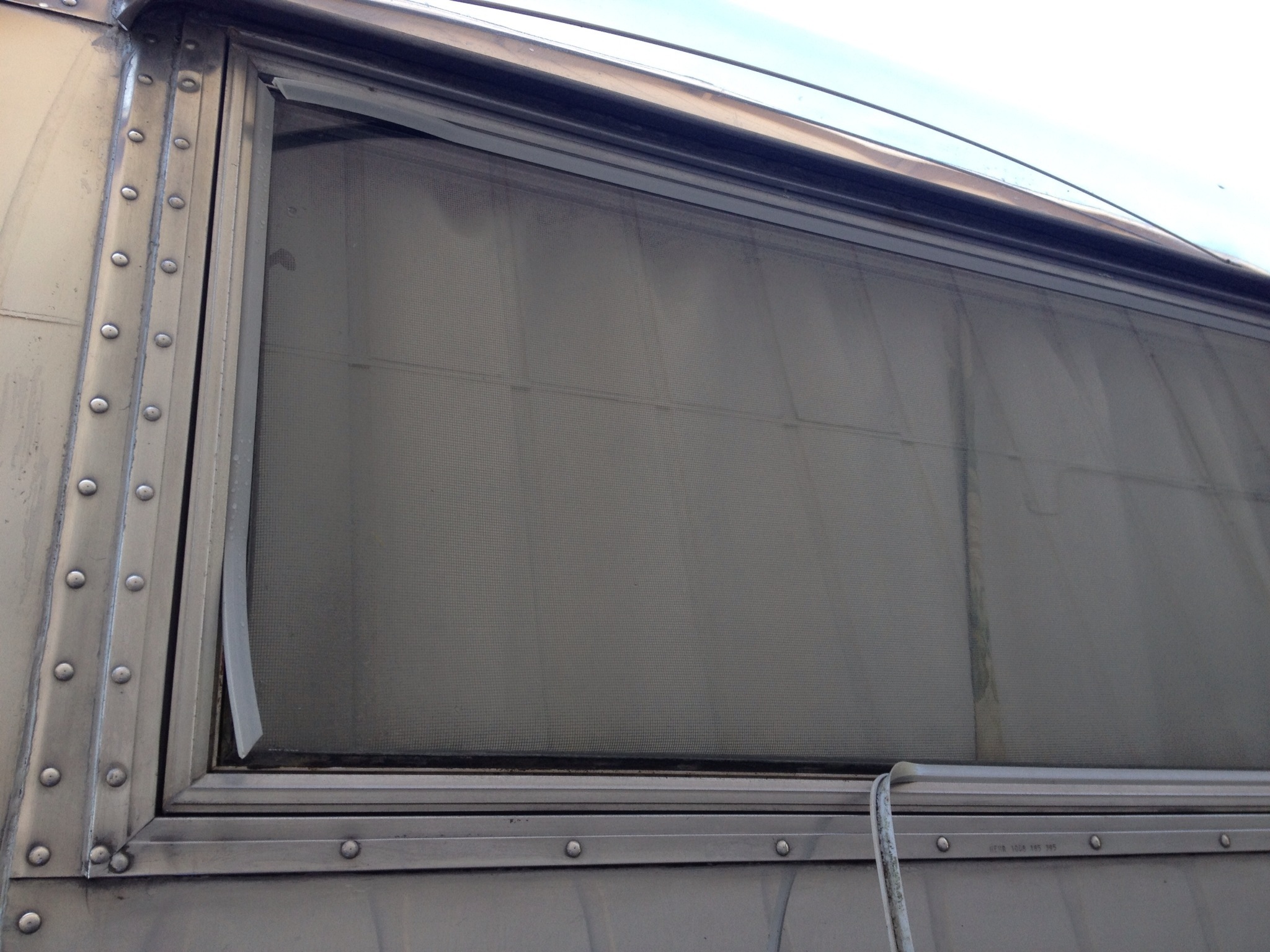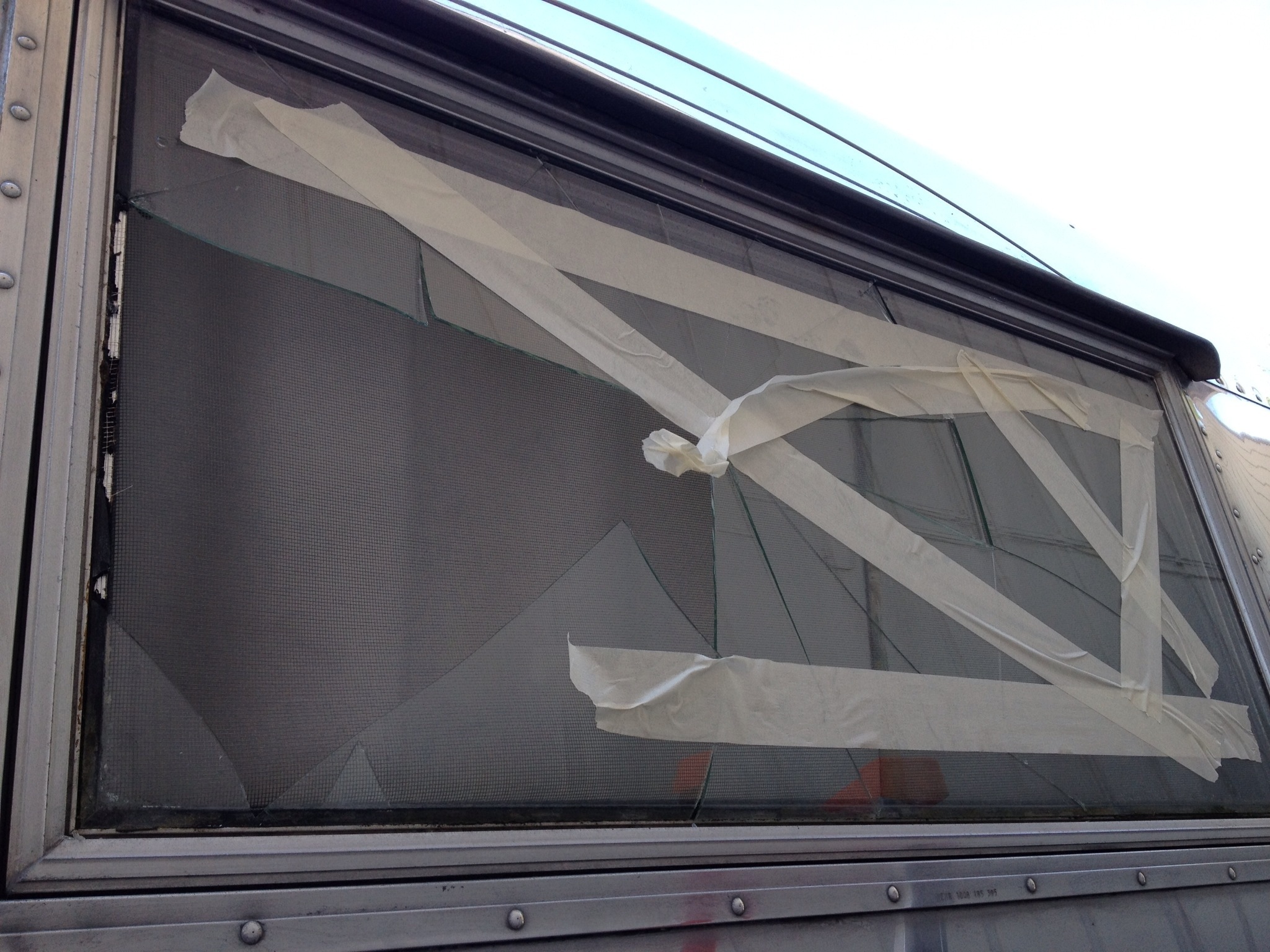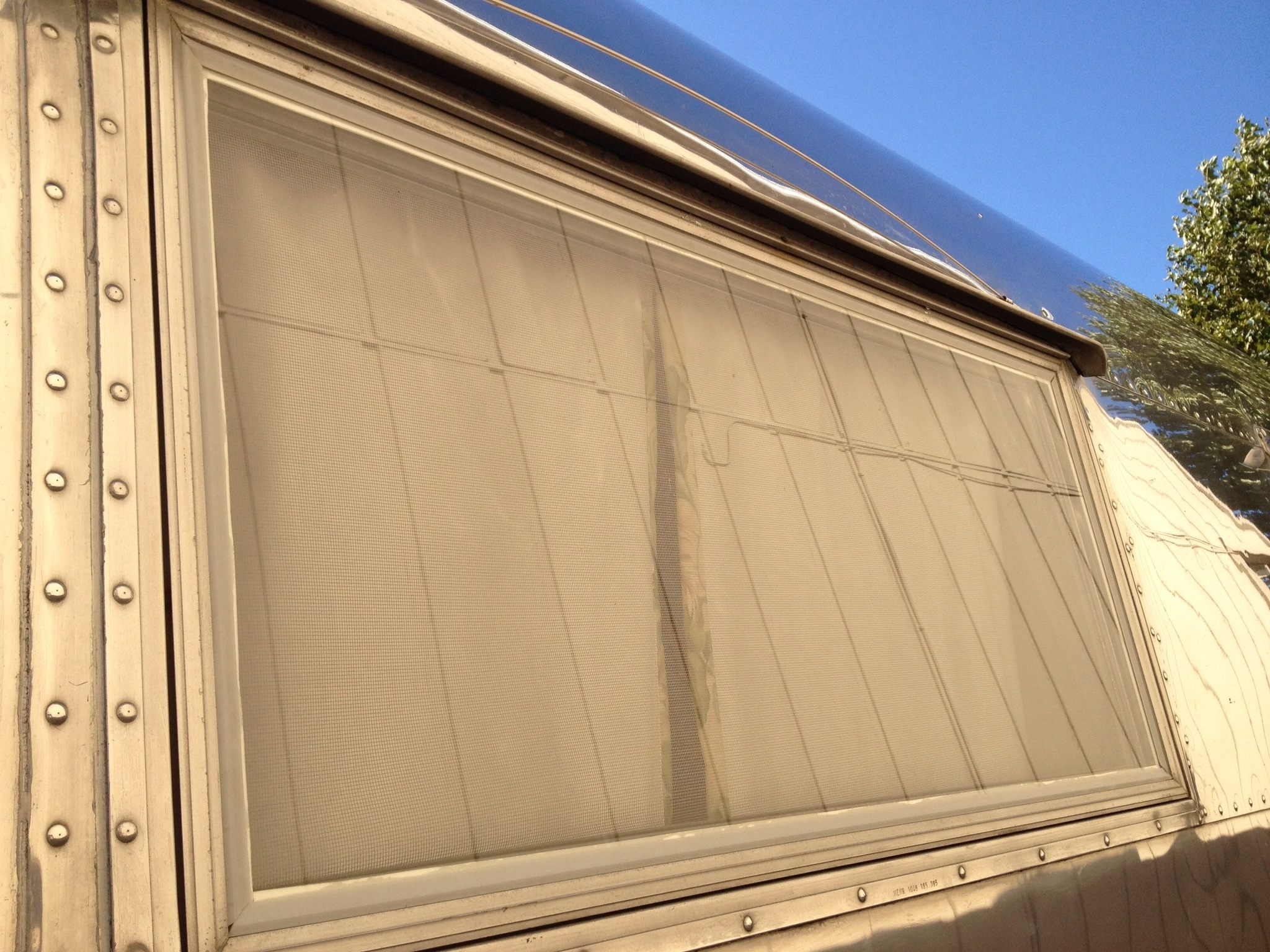
This ‘Interactive’ iPad version offers videos, photo slides, and interactive photos. Check it out here and let me know what you think!
Author Archives: Tim
Paperback available now on Amazon.
Restoring a Dream Website
Restoring a Dream Book Website.
I made this video for the iBook version. It’s slightly different in the book, but pretty close.
Restoring a Dream available on Amazon Kindle now. Paperback coming soon.
Merry Christmas and Happy New Year
Bearing Packing
During out trip across country, we found some grease on the outside of one of my street side wheels. I had it checked out by a local shop while we were in Arkansas. I had never done anything with wheel bearings before so I wanted a pro opinion before I drove another 2000 miles on it. Their opinion was it would be fine to continue my trip as is.
Since the bearings have never been packed in the five years that I’ve owned the trailer, I thought I would give it a go. First stop was YouTube. Got the basic idea there. I also hit up Dexters site for a PDF of the instructions.
It was a little nerve racking since I have disc brakes. I had to move the calipers out of the way. After that it wasn’t too bad.
I cleaned the parts with mineral spirits and checked them for burnt spots. Everything looked ok. The worst part for me was getting the seals off. YouTube showed using a hammer and stick and pounding the seal out by hitting the bearing. It didn’t seem good but I could not get it out any other way. The problem was the second one I did, my wooden 2×2 started breaking apart and put splitter in the bearing! I called Colin and asked him about it. He said DO NOT POUND OUT YOUR BEARINGS! You can damage them that way. Don’t trust YouTube!
I checked the bearings over carefully and cleaned them up, no splinters. Hand packed them and the raceways. The last two wheels I used an awl and put a couple of dimples in the seal, then used the claw hammer to pry them out from the rear. This worked fine and left the rear bearings untouched.
I put some grease on the spindle and slid the hub back on. Put the outside bearing, washer and nut on. The castle nut is held on with a clip ring instead of a cotter pin. This is where I made my second goof. I tighten the nut as hard as I could, then loosed it and put the clip on. I was talking to some mechanic friends who said I was supposed to put a quarter turn tight before I installed the clip. That didn’t sound right because I read you don’t want it too tight.
So I called dexter tech support. They told me I was supposed to spin the hub while I tightened the nut to full hand force on a 12″ wrench. I forgot the spinning part. Then I was to loosen the nut without rotating the hub, this would seat the bearings. Then hand snug the nut and put the clip on. The nut/clip combo should move slightly. If not, remove the clip, loosen the nut a 12th turn, then put the clip back on. The idea I think is that the metal will heat up some under tow. The metal will expand and tighten things up nicely without being too tight and causing undo wear on the bearings.
I had to remove the wheels and do the final adjustment again to be sure it was right.
All in all, it was a good learning experience and I’m glad I did it myself. It’s a good thing to know how to do. Not only to save some money, but to know it was done right.
SurgeGuard
If you recall, I have been recently researching ways to improve power when camping. I had reviewed the Hughes Autoformer for low voltage issues. During my research, I starting thinking about power protection.
There are products out there that protect against, low and high voltage, open connections, and spikes. The SurgeGuard by RV Power Protection offers one such device and they sent me the 30amp model 34730 to review.
The SurgeGuard 34730 is a new model in their line up. It’s rated for 120v @ 30a. It protects against low and high voltage, reverse polarity, open neutral, and surges. The 34730 is a portable model that you can easily plug inline with your power cable. It also has a convenient display that tells you what is going on. You get a read out of voltage and current draw.
Here is what it looks like during testing at theVAP Labs.
After I plugged it in, the SurgeGuard started a delay for 128 seconds before it passed the pedestal power to the trailer. The manufacturer says the reason for the delay is to protect the A/C compressor. During the delay period, the LCD display shows a count down timer, and the red LED indicator flashes. When the delay timer stops, power is applied to the trailer and the green LED will turn on. The red caution LED can also indicate miss-wiring at the pedestal or ground current. The display will show reverse polarity.
Once the power is applied, the display will alternate between showing voltage and current draw. I turned on the refrigerator to see how much current it draws. The display indicated 3 amps.
So now that is running, what exactly will it do? Well, if there was a problem with the pedestal power, it would have never applied the power to your trailer. The SurgeGuard will protect against power surges continually while in use. Finally this is what takes the SurgeGuard to the next level of protection, it will disconnect power if the voltage becomes too high or too low.
For example, if the voltage at your pedestal drops below 102v because everyone in the park is running their air conditioners, the SurgeGuard will automatically disconnect the power to your trailer. The idea here is that it will help to save your a/c compressor and other appliances from low voltage damage. The voltage will be restored once it rises back to proper levels.
The nice thing about the SurgeGuard is that it will save me some hook up time. I won’t need to check the power pedestal with my voltmeter and polarity tester anymore. Plus it adds the benefits of everything else I mentioned. The SurgeGuard is like an insurance policy, you don’t know you need it until something happens. They are a little pricey at around $300, but so are the items in your trailer, like the a/c, LED TV, stereo, computer, microwave…
Endless Breezes
On our cross country trip we often stopped at a rest area for a lunch break. This saves a great deal of money and time when traveling. One thing we found right away that the trailer was really hot and stuffy. Since we were just stopped without any electrical hookup we could not use the a/c. Sure we turned on our fantastic vent in the rear of the trailer and cracked a front window. This worked well, but was not quite enough.
My wife mentioned it would be nice if we had a portable fan. At the next truck stop I found a 12vdc fan that would be perfect. It was a little more costly than I thought it should be for what it is. I think I paid around $25 for it. It worked ok, kinda small. Nothing to write home about.
I decided to see if there was something better. Where is the best place to go for mobile fans, Fantastic Vent of course. Years ago when I restored the Ambassador, Fantastic Vent contributed a ceiling vent. They are still the best vents out there. I browsed their website and found two things. The first was an accessory for the ceiling fans, the second was a portable Fantastic Fan. They sent me both products for review.
One of the issues I have with the Fantastic Vents is that the screens are held on with eight screws which make it difficult to clean the screen and fan. It’s funny that the original Ambassador vents screens came off easily by just popping off the handles. Fantastic Vent is going vintage so to speak with the Pop ‘N Lock Screens. Like the original Ambassador vent screens, these new Pop ‘N Lock screens, which replace the screw in screens, pop off easily for servicing. They look good and come two to a pack.
The Endless Breeze fan from Fantastic Vent is a great fan with some nice options. The fan itself is what you would expect from them, a highly efficient and high breeze. The Endless Breeze has a fold out stand with rubber feet to help lower noise transfer. The fan itself is around 14.25″H x 13.5″W x 3.625D. The fan comes with a 5′ dc power cord with a cigarette lighter style plug.
There are three speeds, low, medium and high. I measured the current draw and it’s pretty good for the amount of air movement you get. I measured 1.4a, 2.2a, and 3.1a for the high setting.
When compared to the generic fan, there was really no comparison. The Endless Breeze was larger, and it really moves a large amount of air. I’d compare the air movement to a standard household fan, which is saying a lot for this compact package.
One last thing. The folks at Fantastic Vent had a simple but effective idea for pet owners. The fan had two small flip out brackets under the handle that allow the fan to attach to a pet kennel. What a nice idea for your pet.
Thanks again to Fantastic Vent for sending me these review products. Remember if you decide to buy anything based on hearing about it from theVAP, let the company know!
Hughs Autoformer
On theVAP Episode 166 we talked about low voltage problems at some RV campgrounds. Low AC voltage can cause problems with your appliances such as microwaves and air conditioners. Typically the problem is the result of undersized utilities serving the campground. Prolonged use of your appliances especially your air conditioner can damage them.
I decided to look over the Internet to see if there was a solution to this. What I found was the Hughs Autoformer. Hughs sent me a unit to evaluate. They offer two models, one for 30 amp service and another for 50.
The basic setup is you plug the Autoformer into the park service and plug your trailer into the Autoformer. There are two lights on the Autoformer, an amber and a red. The amber indicates that the utility power is wired ok. If the amber light stays on, it’s safe to plug in the trailer. The red light indicates the Autoformer is in boost mode. Boost mode is when the utility power is low and the Autoformer is actively boosting the voltage to the trailer to keep it in a safe range.
Since I’m not at a campground, I just tried it on my home service which is wired correctly and has proper voltage, but it let me go through the steps. First thing was to check the voltage in my trailer while connected directly to the utility.
I setup the Autoformer inline with my trailer and rechecked.
Even though the lights on the Autoformer were indicating non-boost mode, the voltage did raise a moderate 3VAC. I’m sure that’s the lowest residual amount.
This is about all I can test until I get back on the road with it. It looks to be a heavy duty quality built unit. I can’t wait to find a park with poor power!
Repaired leaky window
On our trip this window leaked while driving through tropical storm Debby. I was able to stop the leak by taping the seam with aluminum tape. Glad I used aluminum tape instead of duct tape. The aluminum tape peeled off easily and left no residue.
The leak in this window indicated the bedding tape has failed. It’s the tape that keeps the water out.
Replacing the tape means replacing the window. I was able to get a ‘double strength’ window cut for $12. Here is the best way to remove the window.
The reason that this is the best way to replace the tape is because by the time you get the window pryed off, it will be broken anyway. Might as well control it. I did find that 3/4 of the bottom of the window was not held by the tape anymore. That was the leak.
I cleaned up the old bedding tape with my rotary tool and installed new tape.
I seated the newly cut window in the frame and reattached the rubber trim. This should stop the leak. I took a look at the rest of the windows. It seems I’ve now replaced five of the eight windows. It’s probably a good idea just to do all of them during your restoration.

